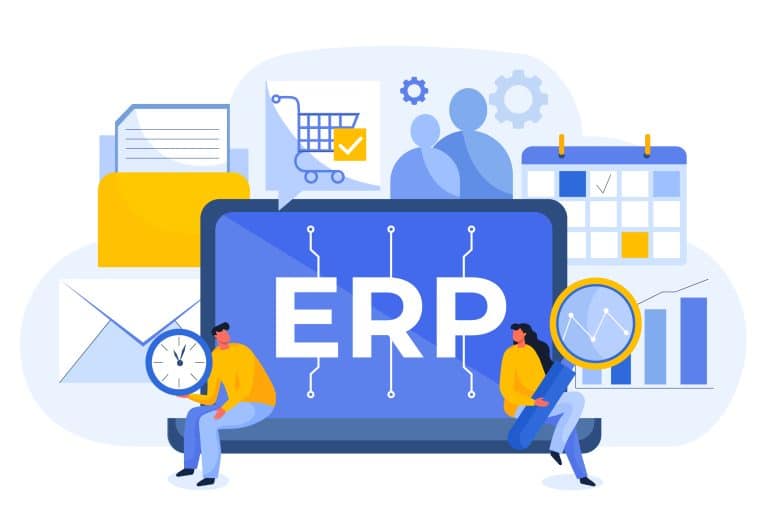Inventory management is an essential part of business operations across Aotearoa New Zealand, particularly for those in retail, e-commerce, and manufacturing. It encompasses the processes of ordering, storing, and using a company’s inventory – which includes raw materials, components, and finished goods. A strong inventory management system is crucial for Kiwi businesses to keep control of their stock levels, reduce costs, and enhance cash flow. To gain a deeper understanding of the systems that enable this, it’s worth exploring what an inventory management system is.
Understanding Inventory Management
In New Zealand, where supply chains can be stretched across both islands and overseas, inventory management is a vital element of supply chain management and is key to operational efficiency. This inventory includes a variety of items, from the raw materials used in production to the finished products ready for customers. When managed effectively, inventory ensures that businesses can meet consumer demand promptly, improving the overall customer experience. This process is essential for managing inventory costs, streamlining operations, and maximising cash flow. To grasp its significance further, discover the Five Key Reasons You Need Better Inventory Management.
The Core of Inventory Management & Types
At the core of inventory management are four primary aspects, with various techniques like Economic Order Quantity (EOQ) and periodic inventory management providing comprehensive methods for different business models. However, inventory management mainly focuses on four key points:
- Knowing what you have in stock: This involves keeping an accurate record of all items in your inventory to prevent shortages or surplus.
- Knowing where it is located: For businesses with extensive inventories or multiple storage locations, such as those spread across Christchurch, Wellington, and Auckland, pinpointing where each item is can significantly boost efficiency and operation speed.
- Knowing when to reorder: This is about timing stock replenishment correctly to avoid stock-outs and lost sales, as well as excess inventory.
- Knowing how much to order: Determining the right quantity to order is a balance of storage costs, purchasing costs, and the risk of running out of stock.
EOQ is a model that calculates the ideal order quantity to minimise total inventory costs, including order costs, holding costs, and shortage costs. Periodic inventory management, on the other hand, involves regular physical audits of stock items. Inventory updates based on these audits ensure stock rotation and reduce the chance of inventory becoming obsolete.
The Role of Inventory Management Systems and Tools
The introduction of Inventory Management Systems (IMS) and inventory management tools has transformed the landscape of inventory management in New Zealand, significantly improving efficiency and accuracy. IMS uses software, often integrated with enterprise resource planning (ERP) systems like MYOB or Xero, which are popular in New Zealand, for real-time tracking of inventory levels, orders, sales, and deliveries.
IMS offers real-time insights into inventory and can handle large data volumes, providing detailed reports. These systems are incredibly beneficial for Kiwi business owners, enabling effective inventory control and offering significant time and cost savings. They allow for the automation of the inventory management process, reducing manual errors and enhancing overall efficiency. For an in-depth look at why businesses should move from spreadsheets to specialised software, consider reading Stop Using Spreadsheets, Start Using Inventory Management Software Like NetSuite.
Goal of Inventory Management & Its Benefits
The ultimate goal of inventory management is to achieve a balanced inventory – having the right amount of stock at the right time. This balance brings numerous benefits, such as cost management, improved cash flow, and customer satisfaction. It prevents capital from being tied up in excess stock and ensures resources are used effectively, reducing waste and enhancing the customer experience.
Inventory tracking systems provide real-time insights, aiding in informed decision-making, planning future actions, and forecasting inventory needs based on trends and patterns. To further understand how to select the best inventory management solution for your New Zealand business, read How to Choose the Perfect Inventory Management Solution for Your Business.
Conclusion
With its nuanced techniques and modern tools like IMS, inventory management plays a crucial role in a successful business strategy in New Zealand. By managing inventory levels effectively, businesses can ensure optimal operations, minimise costs, and provide a seamless customer experience. Whether it’s raw materials for production or finished goods for sale, efficient stock item management is key to profitability and staying competitive in the Kiwi market.










